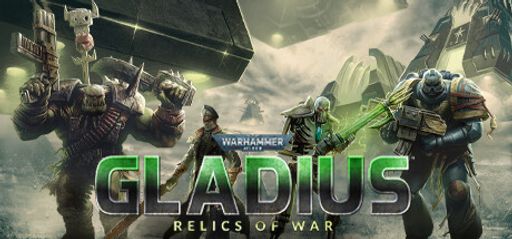Hey there! I just dove into Warhammer 40K: Gladius – Relics of War. This game is a bit different from my usual cozy sim picks, but I know plenty of you like a good turn-based strategy fix. So, grab a mug of something warm, get comfy, and let’s talk about whether this grim, war-torn world could be your next late-night hobby—or just a stress-relief diversion on sale.
Overall Impressions
Warhammer 40K: Gladius – Relics of War embraces the gritty, “everything’s on fire” chaos of the 40K universe. Four factions—Space Marines, Orks, Necrons, and Astra Militarum—battle for scarce resources, and you dive straight into the heart of the conflict. If you’ve played Civilization or Endless Legend, you’ll recognize familiar systems like city building, tech trees, and turn-by-turn expansion. What grabbed my attention was how uniquely each faction plays—Orks charge in with brute force, Necrons hunker down with defense and resurrection, Marines strike a balance, and the Guard overwhelms enemies with sheer numbers and attrition.
But it does fall a bit short compared to deeper 4X giants. There’s a sense of “barebones simplicity,” as some players noted—don’t expect endless diplomacy or deep trade routes. It’s more slanted toward constant war. If you like warscape strategy over grand empire simulation, that’s a plus. Otherwise, you might find it lacking layers.
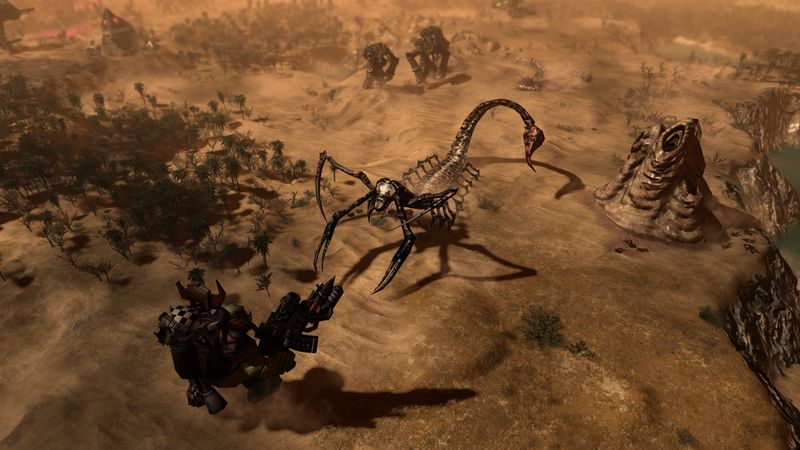
Gameplay Mechanics
This strategy game delivers satisfying, crunchy combat with a strong emphasis on tactical positioning. Players maneuver units across hex grids, capturing resource nodes and unleashing powerful artillery in battles that feel impactful and rewarding. Each faction stands apart with unique mechanics—like Orks gaining strength through destruction or Necrons resurrecting their fallen—adding variety and replay value. The game also boasts a gentle learning curve, making it especially welcoming to newcomers or those who pick it up during a deep discount.
However, the experience is dampened by aggressive DLC gating. Many core features—additional factions, maps, and local multiplayer—are locked behind paid expansions. Without them, the base game feels slim, and completing the full content library can be expensive. Additionally, the mid-game can become grindy, with long stretches of building and research that stall momentum. The late game also lacks strategic depth unless all expansions are owned, limiting surprise and complexity after a few campaigns.
There are still flashes of excitement, such as epic last-stand moments and faction-driven surprises. But overall, players should expect a fun foundation with notable content gaps and pacing issues unless they invest in the full suite of add-ons.
Story and Characters
Warhammer games don’t usually shine for deep character arcs—and Gladius is no exception. There’s no hero you follow like in Dawn of War campaigns. Instead, story comes from faction lore and random “relics of war” events you discover on the map. I liked the small flavor text blurbs (“A forgotten shrine, dedicated to an Adeptus Titanicus…”) but don’t expect a sprawling plot. It’s more about carving your own war story through battles and alliances (or betrayals).
Visuals and Graphics
The visuals are solid, leaning into dusty browns, mechanical greys, and blood-splattered reds. Units look detailed at higher zoom, and each faction has a distinct palette. Battles are easy to read: your models are crisp, explosions light up the hex grid, and special abilities glow nicely. It’s not photorealistic, but I found it perfectly serviceable. The UI is straightforward, though it can feel a bit clunky if you’re used to slicker 4X titles.
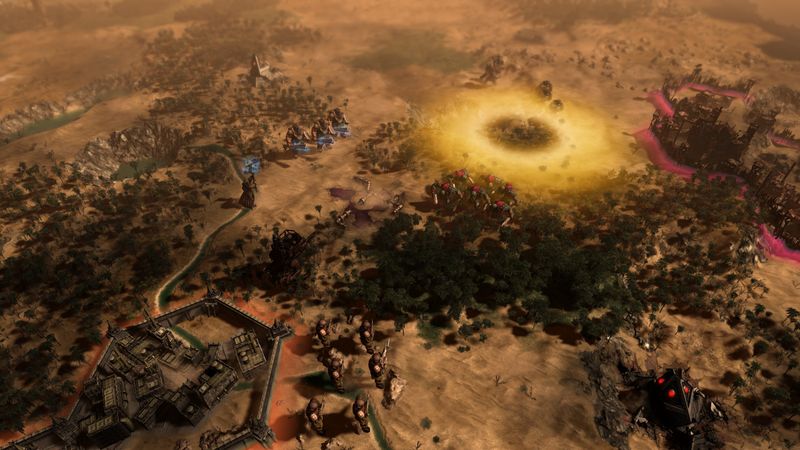
Sound and Music
The soundtrack is a brooding march of brass and percussion—very Warhammer. It sets the mood without wearing out its welcome. Sound effects (chainswords, bolter fire, stomping walkers) are spot on. Voice lines are limited—mostly unit responses (“Yes, my lord!”)—but they add character. I wouldn’t yell “best OST of the year,” but it definitely makes you feel like you’re commanding a battle in the 41st millennium.
Difficulty and Replayability
Gladius can be pretty challenging on Medium or Hard settings, especially if you face two or more tough AI factions early. You’ll need to balance expansion with defense. Replay value comes from trying all four factions, each with its own tech path and playstyle. The random map generator gives some fresh layouts, but once you’ve seen the map types and events, I found the sparkle wears thin after 20–40 hours—just like one reviewer said. It’s perfect for a few fun sessions, especially if you snag it cheap. Beyond that, you’ll need DLC factions and mods to shake things up.
Developer Trivia & Behind-the-Scenes
Proxy Studios is based in Italy and is well known for more tactical wargames like Armored Brigade. Gladius was their first dip into full-blown 4X in the Warhammer license. Slitherine Ltd., the publisher, has a reputation for hardcore strategy and digital tabletop titles. They’ve actively supported the game for years with patches and small free updates, but the major additions are all paid.
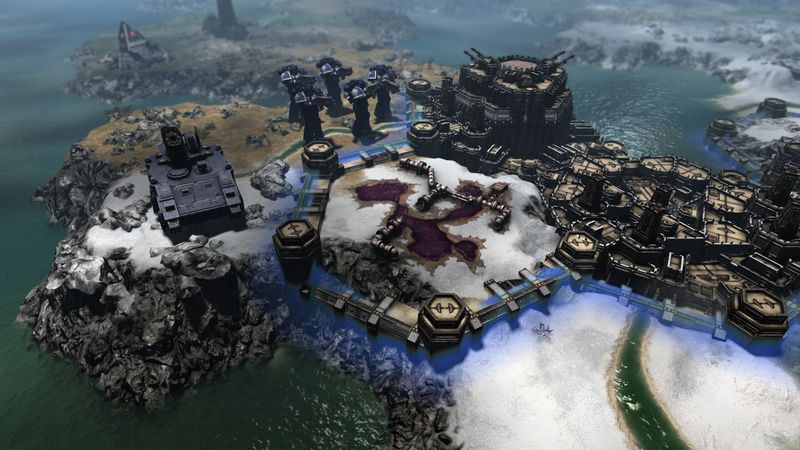
Final Thoughts
Warhammer 40K: Gladius – Relics of War is a solid pick for turn-based strategy fans who enjoy focused, combat-driven gameplay. Its streamlined take on the 4X formula emphasizes tactical warfare over complex diplomacy, making it ideal for players who prefer commanding a relentless war machine over managing political intrigue or economic trade systems. Budget-conscious gamers will also appreciate this title, especially when it goes on sale or is included in bundle deals, offering solid value for those who enjoy strategic combat without needing a fully-loaded experience.
However, the game may disappoint players seeking rich narrative experiences or hero-centric campaigns. Storytelling takes a backseat to battlefield tactics, and while faction variety adds flavor, there’s little in the way of immersive plotlines or character arcs. Additionally, the heavy reliance on paid DLC can be a turn-off for gamers who prefer complete content packages upfront. If you’re looking for a grand, empire-building 4X with deep late-game complexity and expansive systems, this title may feel too limited in scope.
Overall, Gladius shines in its focused niche—providing accessible, combat-heavy strategy within the Warhammer 40K universe. But those expecting a sprawling, story-rich experience or a full-featured base game may find it lacking without significant investment in add-ons.
Rating: 3.5 out of 5 stars
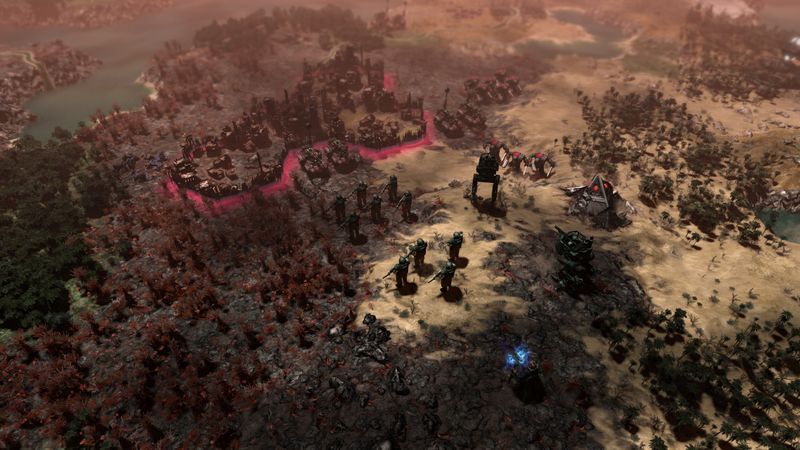
A solid, punch-packed strategy game with room to grow (especially if you’re cool with buying a bit of DLC). If you catch it on sale, it’s a neat treat. If you want a blockbuster 4X epic, you might find it a bit bare. Either way, it’s a chill dive into the 41st millennium warfare that’s worth a try if your budget and mood align.
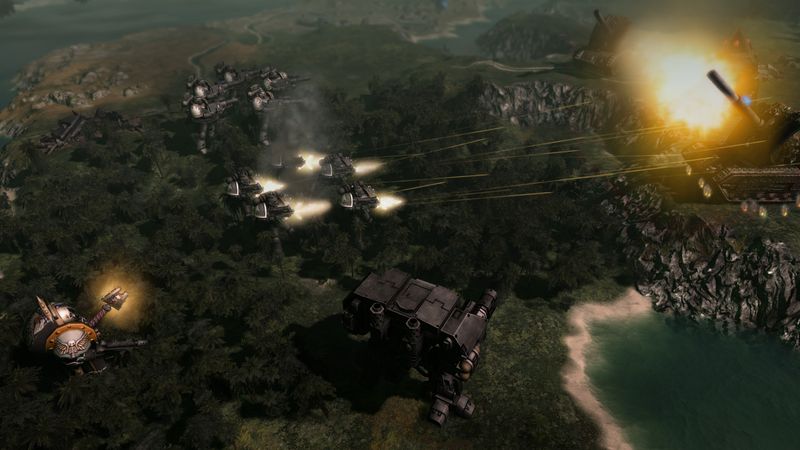
Add Warhammer 40K: Gladius – Relics of War to your Steam collection!

